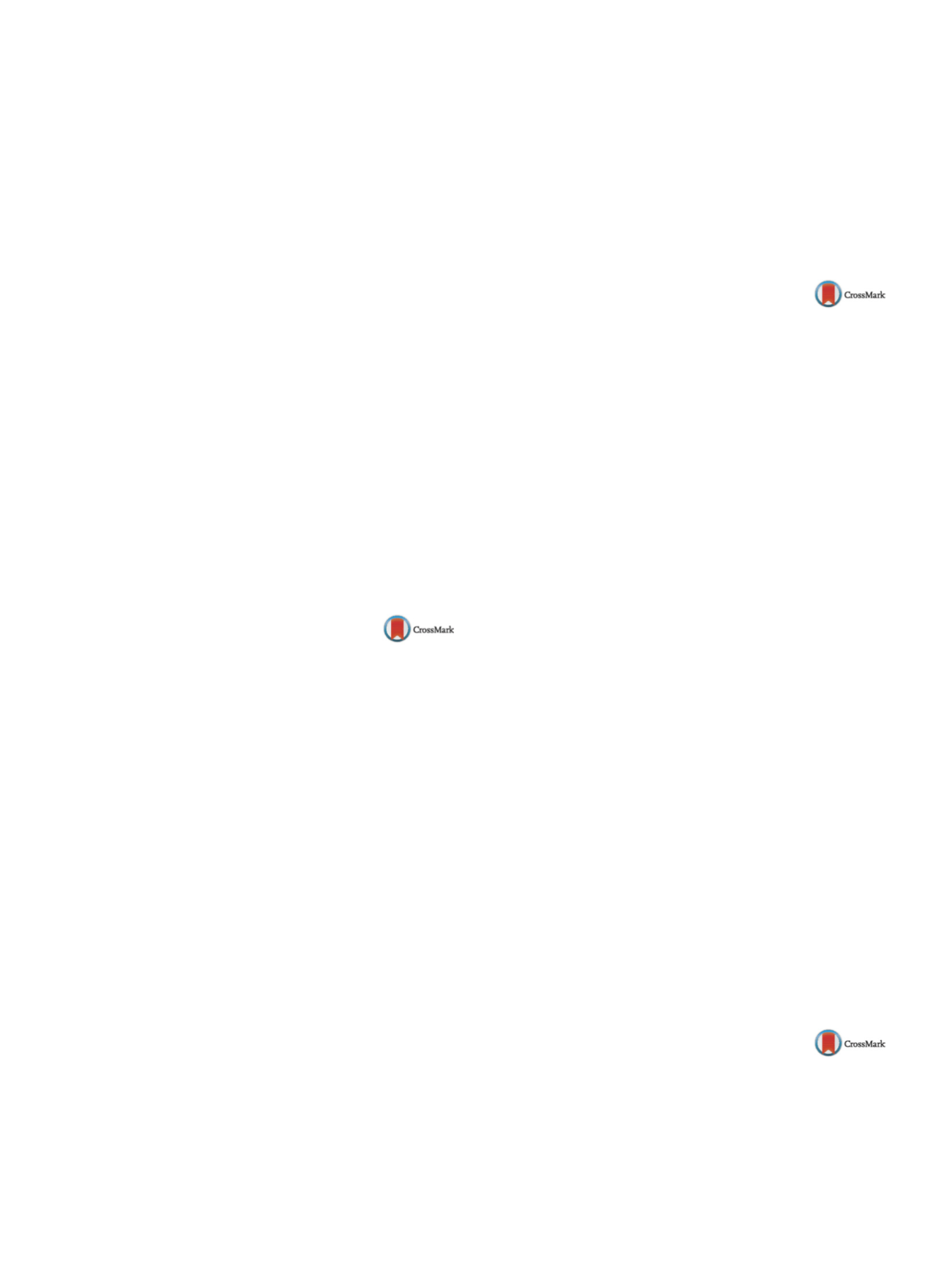

S754
25th European Congress of Psychiatry / European Psychiatry 41S (2017) S710–S771
Introduction
It is not known whether sex and age are risk factors
for neuroleptic malignant syndrome (NMS).
Objectives
To examine sex and age distributions in NMS patients
based on a systematic review of the literature.
Aims
Estimate the sex-specific relative risk of an NMS diagnosis.
Methods
EMBASE and PubMed databases were searched in
November 2014 using broad, unrestricted criteria to identify any
published observation of NMS. Any physically (online or hard copy)
accessible and interpretable (using language translation software)
report published from January 1, 1998 through November 1, 2014
was considered for inclusion. Secondary sources (e.g., reviews)
were included when primary sources could not be accessed. All
cases for which the patient’s sex or the sample’s sex distribution
was provided were included, except for redundant reports and
cases in which NMS was not the most likely clinical diagnosis. Sex
ratio and age distributionswere examined using standard graphical
techniques and measures of association.
Results
Twenty-eight independent NMS sex ratio estimates were
included. Most sex ratio estimates (75%) indicated male prepon-
derance, with a median of 1.47 (95% CI: 1.20–1.80). NMS incidence
peaked at age 20–25 years and declined steadily thereafter; males
consistently outnumbered females at all age intervals. Major study
limitations are the heterogeneity of case ascertainment procedures
and the potential for publication bias.
Conclusions
NMS patients are 50% more likely to be males, and
NMS is most likely to occur in young adulthood. Men, and all young
adults, appear to be at increased risk for NMS.
Disclosure of interest
The author has not supplied his/her decla-
ration of competing interest.
http://dx.doi.org/10.1016/j.eurpsy.2017.01.1406EV1077
A Comparison of DSM-IV and
international expert consensus
diagnostic criteria for N.M.S
R. Gurrera
1 ,∗
, G .Mortillaro
1 , V.Velamoor
2 , S. Caroff
31
VA Boston Healthcare System, Mental Health/Psychiatry, Brockton,
USA
2
Faculty of Medicine and Dentistry, University of Western Ontario,
Psychiatry, London, USA
3
Perelman School of Medicine of the University of Pennsylvania,
Psychiatry, Philadelphia, PA, USA
∗
Corresponding author.
Introduction
Neuroleptic malignant syndrome (NMS) requires
prompt recognition for effective management, but there are no
established diagnostic criteria.
Objectives
To validate the recently published international
expert consensus (IEC) diagnostic criteria for NMS, which assign
priority points based on the relative importance of each criterion
for diagnosing NMS.
Aims
Determine optimal diagnostic cutoff for priority point
score.
Methods
Data were extracted from 221 archived telephone con-
tact reports of clinician-initiated calls to a national telephone
consultation service from 1997–2009; each case was given a total
priority point score based on the IEC criteria. DSM-IV-TR research
criteria, in original form and modified to accept less than ‘severe’
rigidity, served as the primary diagnostic reference standard. Con-
sultants’ diagnoses served as an additional reference standard. The
optimal priority point cutoff score was determined using receiver
operating characteristic (ROC) curve analysis.
Results
Area under the ROC curve ranged from 0.715 (95%
CI = 0.645–0.785,
P
< 0.001) for consultant diagnoses to 0.857 (95%
CI = 0.808–0.907,
P
< 0.001) for modified DSM-IV-TR criteria. The
latter was associated with 69.6% sensitivity and 90.7% specificity.
Conclusions
Agreement was best between IEC criteria with a cut-
off score of 74 and modified DSM-IV-TR criteria (sensitivity 69.6%,
specificity 90.7%); this cutoff score demonstrated the highest agree-
ment in all comparisons. Consultant diagnoses showedmuch better
agreement with modified, compared to original, DSM-IV-TR crite-
ria, suggesting that theDSM-IV-TR criterion of “severe” rigiditymay
be more restrictive than what most knowledgeable clinicians use
in practice.
Disclosure of interest
The authors have not supplied their decla-
ration of competing interest.
http://dx.doi.org/10.1016/j.eurpsy.2017.01.1407EV1078
Advantages of second-generation
long-acting injectable anti-psychotics:
Focus on hospital admission rates in
southeast Tuscany
P. Iazzetta
1 ,∗
, A. Forte
1, G. Cesari
2, C. Lucii
3, N. Magnani
4,
G. Cardamone
51
Unità Funzionale Salute Mentale Adulti “Colline dell’Albegna”,
Dipartimento Salute Mentale USL Sudest Toscana, Orbetello, Italy
2
UFSMA Arezzo, Dipartimento Salute Mentale, Arezzo, Italy
3
UFSMA Siena, Dipartimento Salute Mentale, Siena, Italy
4
UFSMA Area Grossetana, Dipartimento Salute Mentale, Grosseto,
Italy
5
UFSMA Area Grossetana, Dipartimento Salute Mentale, USL sudest
Toscana, Grosseto, Italy
∗
Corresponding author.
Introduction
Several studies suggested that second-generation
long-acting injectable anti-psychotics (SGA-LAIs) might be effec-
tive on preventing relapse and admission/readmission rates among
patients affected by schizophrenic and bipolar disorders. Moreover,
studies highlighted that SGA-LAIs may reduce costs and healthcare
resource utilization (HRU) among community psychiatric settings.
Objectives
The objective of the present study was to evaluate
whether the increased use of SGA-LAIs among community psychi-
atric services in southern Tuscany was related to:
– reduced costs and HRU;
– reduced hospital admission/readmission.
Methods
Data consisted of both regional registry and data
prospectively collected at admission and/or follow up assess-
ments. Patients included were: patients affected by schizophre-
nia/schizoaffective or bipolar disorders, treated with SGA-LAIs.
Results
The increased use of SGA-LAIs was related to a significant
reduction of admission and/or readmission rates, as long as a sig-
nificant reduction in costs and HRU among the community services
included in the study.
Conclusions
The present findings suggest that SGA-LAIs might
have a positive cost/effectiveness profile and could reduce hospi-
talizations, costs and HRU among a community sample. This could
be related to a better tolerability of SGA-LAIs compared to FGA-
LAIs, and less adverse effects. More studies on community samples
should focus on the cost/effectiveness profile of SGA-LAIs.
Disclosure of interest
The authors have not supplied their decla-
ration of competing interest.
http://dx.doi.org/10.1016/j.eurpsy.2017.01.1408EV1079
Clozapine efficiency in tardive
syndromes induced by anti-psychotic
treatment
L. Jouini
1 ,∗
, U. Ouali
1, R. Zaouche
2, R. Jomli
1, Y. Zgueb
1,
F. Nacef
11
Razi Hospital, “A” Psychiatry Department, Tunis, Tunisia
2
Razi Hospital, Psychiatry Outpatient Unit, Tunis, Tunisia
∗
Corresponding author.


















